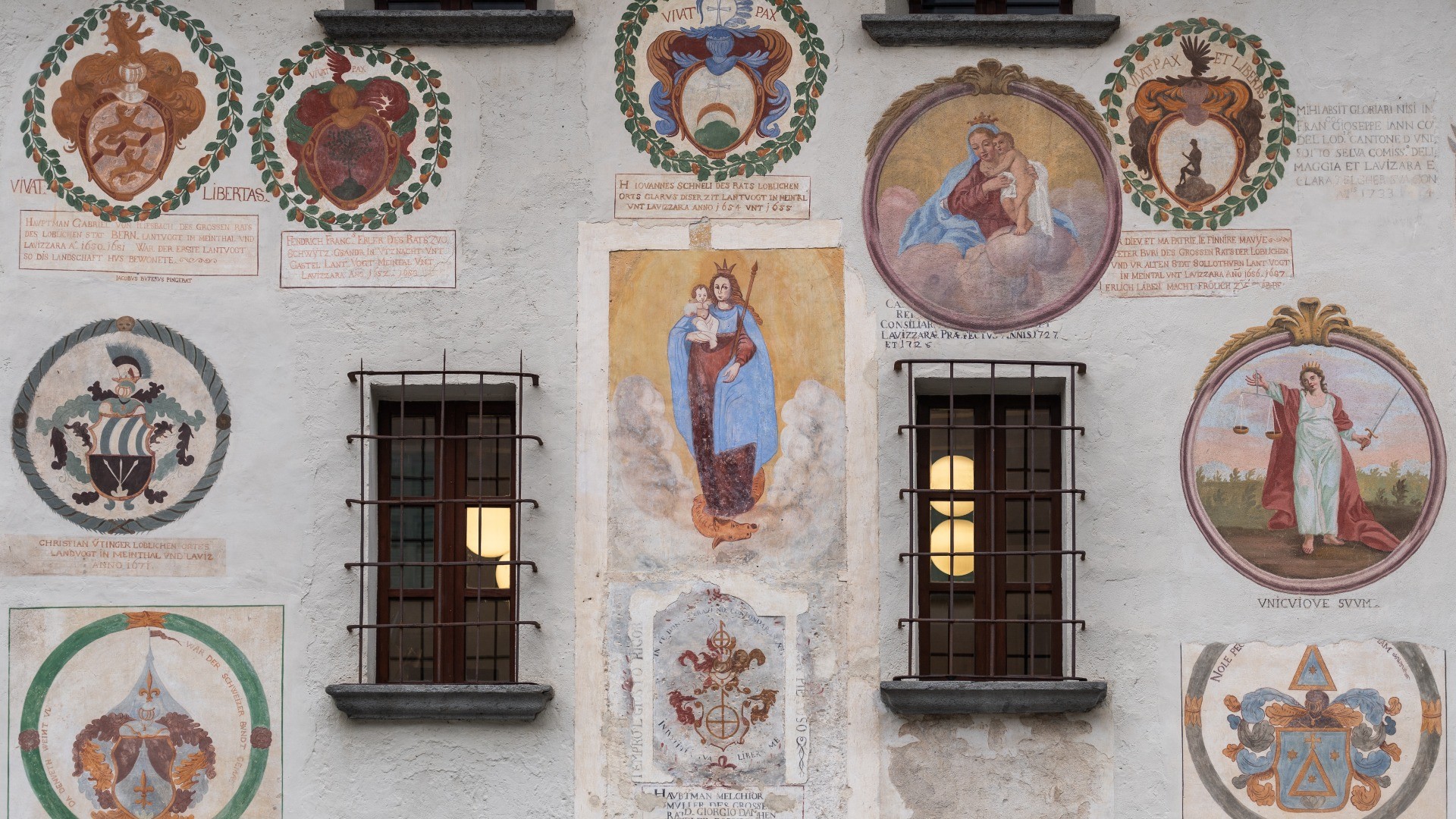Getting to the roots of family trees in Switzerland

Not all of us have the fortune of Piero Bianconi (1899-1984), who recounted that he had unearthed a chest brimming with letters from his family. The occurrance prompted him to write Albero genealogico (1969), a superb masterpiece of Swiss literature in Italian, one of the publications that gave prestige to the catalog of Armando Dadò Editore. Here, the stories of one’s ancestors and their journeys through centuries, from France in the 18th century to the Gold Rush of California, via the Australian bush, become intertwined with the history of every one of us, evoking a world of shared customs and vocabulary far from the borders of the towns of Mergoscia and Locarno. Whether driven by literary ambitions or the lockdowns that have forced us to get to know our homes better over the last two years, emptying drawers and dusting off old photographs, many people are now showing an interest in retracing their family history and family tree.

This is true regardless of particular cases, for example of people adopted who want to give a face to their parents, or of those who suspect that their legal father is different from their biological one. This can be seen from the waiting lists of genealogists (it’s not uncommon to have to wait from two to four months), in addition to the multiplication of service providers and online platforms. Since 1999, the Church of Jesus Christ of Latter-day Saints has pioneered the development of its FamilySearch.org website, which provides users with a vast database after free registration. But searching is not always easy, particularly for those among us (and that’s most of us) who cannot boast a noble or even a city dweller as an ancestor: in the rural centers the records were not exhaustive, so it is important to unravel in a wilderness of individuals with the same surname and a thousand other mismatches. Not even to mention errors in transcription, which are always lying in wait. In addition to the Mormons of Utah, during the years many other entities have been added (not always very serious), which, for sums ranging from about 50 to 1,000 CHF, provide access to databases and documents, not to mention links with «new» relatives and DNA tests. For example, a saliva sample or a simple cheek swab can be used to identify «haplogroups» (the thickest branches of our family tree, so to speak, that enable us to establish the people to whom our most remote ancestors belonged). Beyond the satisfaction of being able to think that distant relations of ours were perhaps in the company of Attila or Erik the Red, the actual and, if I may say so, affective retracing of our family ties entails filling in the blanks of our genealogical tree back to around 1775.

And this is where things get complicated. While Switzerland collects personal data based on the place of origin (Heimatort/Bürgerort) and not the place of birth, thus significantly facilitating research (a family can in fact count many places of birth), it may also be necessary to consult other institutions. These include the civil register office, the State archives and parish registers for dates prior to 1800. «First of all we must consider that in the Confederation, in contrast to many other countries, the legislation on privacy is very strict», explains Therese Metzger-Münger, a genealogist since 1999 and ex-member of the direction of the Swiss Society of Genealogical Studies (SSSG). «This implies that in order to start the research, it is necessary to have pre-1900 data, because no Swiss archive provides access to more current data. Except if you ask for an official document known as Familienschein: each Swiss citizen has, in fact, the right to know his/her ancestors. In the canton of Berne, for instance, the names of parents and grandparents (if they are already deceased) are given, but not the names of brothers and sisters, because they do not belong to the direct line of descent».

The cost of Metzger-Münger’s consulting services for going back in time varies depending on the number of generations and the number of children; however, to go back to the last quarter of the 18th century, it is estimated at around 800-1,000 CHF if the research is supported by a family tree, if not, 500-600 francs will suffice («There is a whole list of colleagues on the SSSG website, the rates are varied, but it is advisable to ask for an estimate», says the genealogist). Do not expect to see a leafy tree covered in scrolls with gothic letters: the family tree prepared by genealogists usually looks like a simple spreadsheet that can be printed on paper. For more visually desirable representations, artisans such as Antony Christen of Wallisellen can be contacted: his company, Glasmalerei Christen, paints magnificent family trees and coats of arms on glass, wood, parchment or ceramics in accordance with the rules of heraldry (a discipline that is related but distinct from genealogy). If you prefer intangible media, you’ll find what you’re looking for in apps from Synium Software of Germany: its MobileFamily Tree 10, for example, allows you to view family trees on your iPhone or iPad, complete with family photos, statistics and even augmented reality displays. Of course, you need to take the time to upload names, data and images... I myself have now reached 325 relatives. And I have no plans to stop....
